Romans, cathedrals, and fairytales
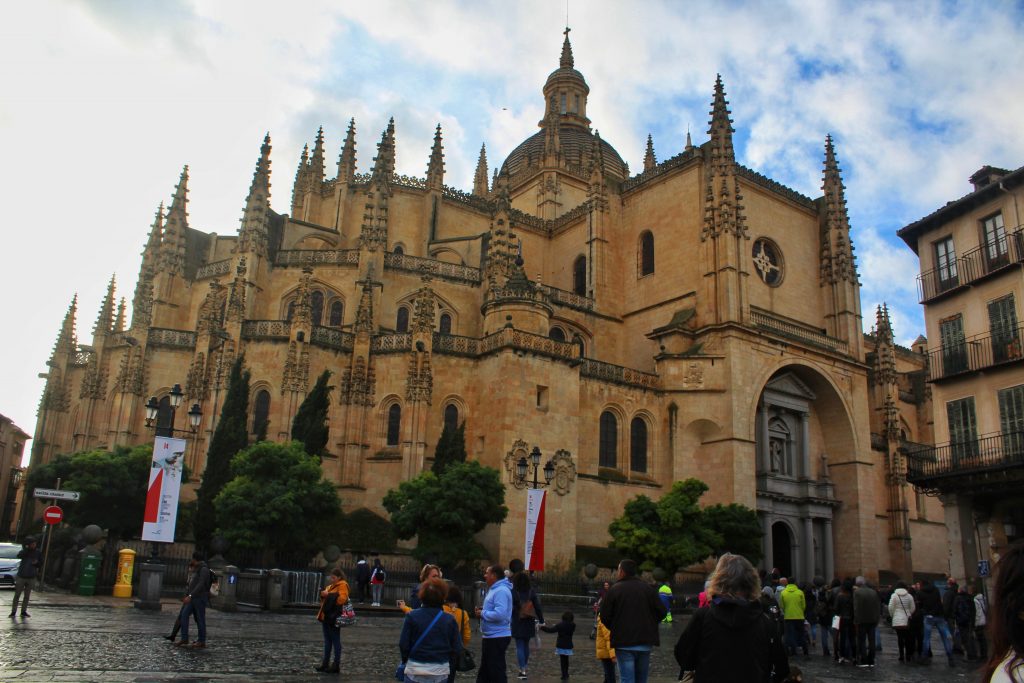
The air hangs heavy with moisture. The illusion of stillness is the prelude before the story unfolds. Frowns appear in the sky. 2,000 years ago, the dramatic sky would have convinced the inhabitants of God’s wrath. Redundant chimneys of the slate-roofed houses stand as remnants of the past, but they are not the only ones here. 97 kilometers from Madrid, in Segovia, a UNESCO World Heritage town since 1985, in the Castile y Leon region of Spain, the lush landscape dotting Sierra de Guadarrama encircles the iconic aqueduct stationed from the Roman times.
Water bearer
Like a mammoth stone caterpillar, the aqueduct stretches for 16 kilometers. Constructed by Roman engineers in 1st Century AD, the aqueduct was used to bring water from the river Frio to Segovia, a city 1,005 meters high, resting on a rock hill. Beneath its 44 double arches of locally procured granite, the humdrum of daily life carries on.
In the holidays, a chorus of merriment drifts. Children frolic carelessly under the imposing aqueduct, not discouraged by the fact that no binding agent was used in its construction. “To create the arches, stones were laid on wooden semicircular frames. The last three stones to be laid in the center of the arch are the keystones. The aqueduct is being held together by the keystones in each arch, which balances the pressure,” says my guide Begonia.
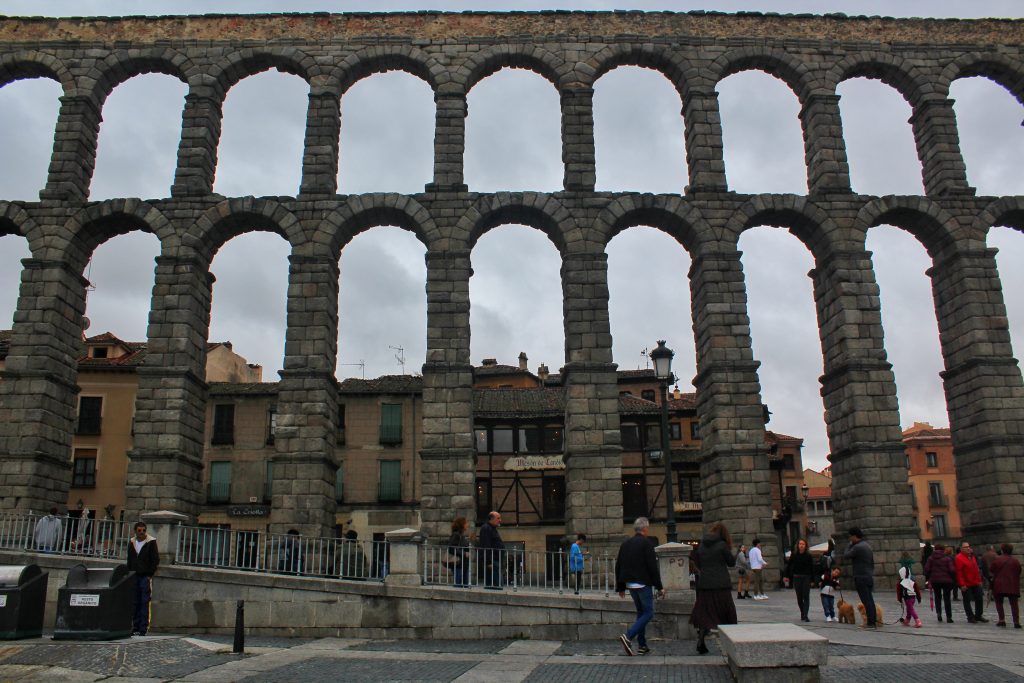
The houses of the Roman times had cisterns in their patios connected with underground channels that distributed the water from the aqueduct. While walking on the streets, I find history giving me a sudden nudge, when I notice markings on the road alerting the modern world of the underground waterway built 2,000 years ago by the Romans.
To make my date with history even more fulfilling, I enter the oldest restaurant in the town. In operation from 18th century, Meson de Candido is famous not only in Segovia but all across Spain and even in its neighboring countries. I sit by a window that overlooks the aqueduct on the Azoguejo Square and order the specialty of the region—roast suckling pig— a dish that has been around since the Roman times.
Faithful affairs
Occasionally, a clang sweeps the Segovian streets, piercing the doors and windows, cutting through the chatter of the crowd. It originates from the bell-tower of the Santa Iglesia Catedral de Nuestra Senora de la Asuncion y de San Frutos, a cathedral in Plaza Mayor. Made of limestones, this is the last gothic cathedral built in Spain.

In Segovia, a cathedral standing from the 12th century, opposite to the Alcazar—the royal residence—suffered a lot of damage during the revolt of the Comuneros against the king of Castile, Charles I. When the mutiny subdued, to protect the royal family, the present-day cathedral was established away from the Alcazar. The construction started in 1525 and ended in 1768, spanning 243 years and involving multiple architects. Nevertheless, the 15th-century cloister and chancel of the old cathedral were restored here along with some sculptures and paintings.
Gothic architecture is at places complemented by baroque style. In 1614, a bolt of lightning set fire to the American mahogany tower. In its aftermath, a stone one, designed by a baroque architect, replaced the wooden ceiling and tower. The towering vaulted ceiling of the cathedral instills a sense of triviality in me. I look up, following the shaft of light— a hint that the clouds must have subsided. Streaming sunrays illuminate the Biblical tales painted on the stained glass windows. Tapestries on gold, silver, silk, and wool with Roman mythological themes are put on exhibit.
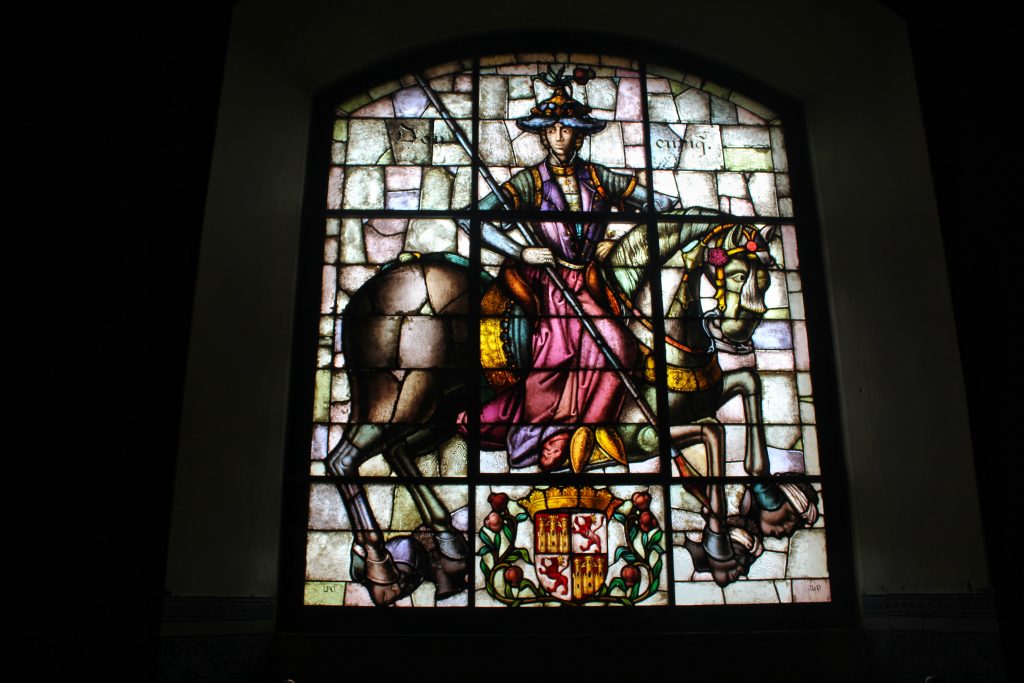
Outside, a gust ruffles my hair as I push my hands into the comforting warmth of my jacket’s pockets. Along the cobblestoned streets of Segovia brimming with tourists, I make my way for my final destination.
Royal tales
The turrets soar skywards, as if trying to reach the clouds that have returned to glide over it. Perched on a rocky cliff at the confluence of the rivers Eresma and Clamores, the Alcazar or the royal palace of Segovia is rumored to have inspired the Disney castle of Snow White. Though the word ‘alcazar’ has Arab origin, the first mention of it was found in the accounts of 12th-century monks during Christian rule in Segovia.
Many kings inhabited the Alcazar for several centuries. It is in the Alcazar that Isabella I of Castile, better known as Isabella the Catholic, the one responsible for the unification of Spain and funding Christopher Columbus’s voyage westward, was proclaimed Queen in 1474. After the court moved to Madrid, in the 17th century, under the rule of King Felipe IV and King Carlos II, the Alcazar served as a prison for the nobles. In its oldest room, an exhibit of armors, including ones that would fit 8-year-old kids, acts as a surprising reminder of the Alcazar’s 98 years stint as a Royal Artillery School established by King Carlos III in 1764.
On scrutiny, the tapestries here also reveal a secret. They are done on canvases of potato sacks! The Mudejar ceiling is a clear influence of the Moorish rule over the peninsula. The windows overlook roads that run in sweeping arcs along the tree-hemmed streets. Segovia, the quintessential historic city, makes worthwhile the four thousand miles journey that I have made from my city.
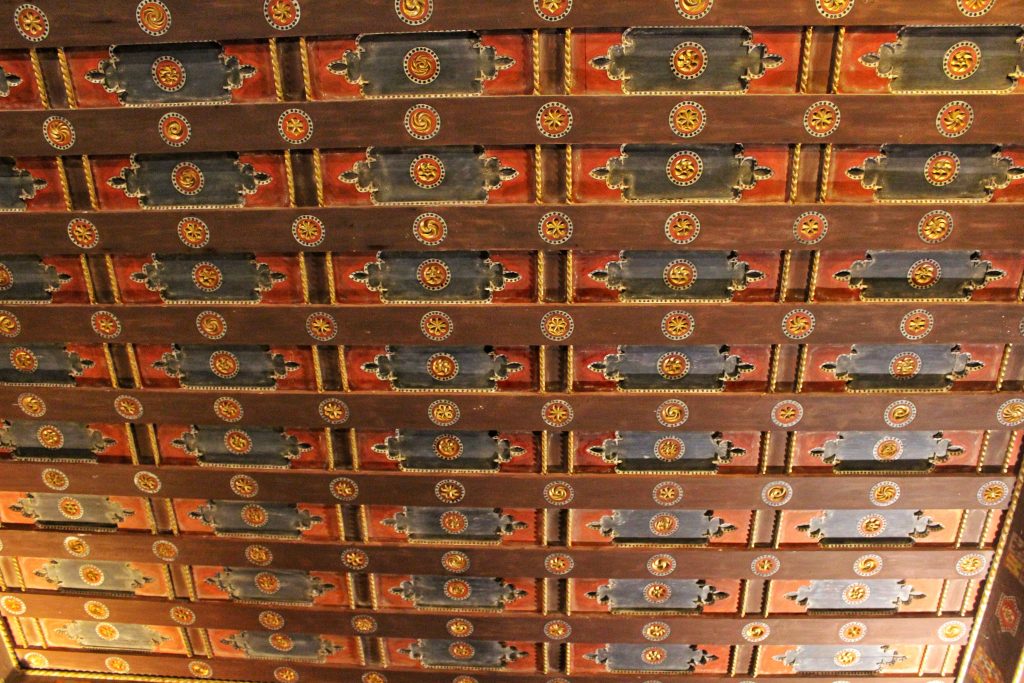
Book Your Stay Now in Segovia, Spain
Use the interactive map below to search, compare and book hotels & rentals at the best prices that are sourced from a variety of platforms including Booking.com, Hotels.com, Expedia, Vrbo, and more. You can move the map to search for accommodations in other areas and also use the filter to find restaurants, purchase tickets for tours and attractions, and locate interesting points of interest!

Tania Banerjee is a travel writer from Mumbai who chases stories on destinations, communities, arts and crafts and food. She runs a travels blog Azure Sky Follows with her husband. She writes extensively on India. You can follow her on Instagram, Youtube, Facebook and Twitter.
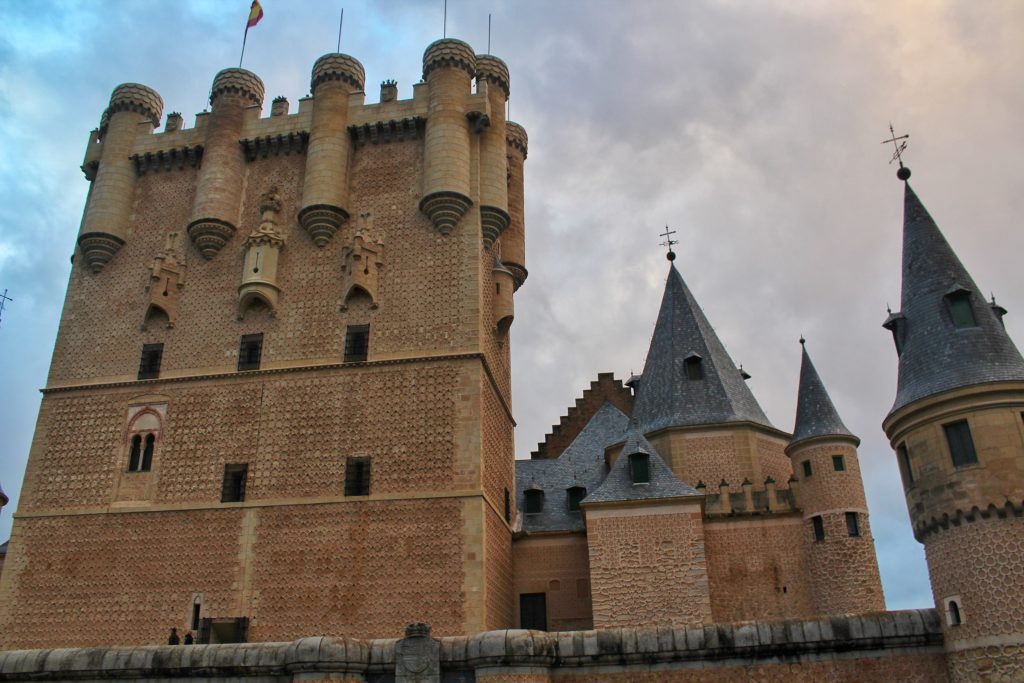
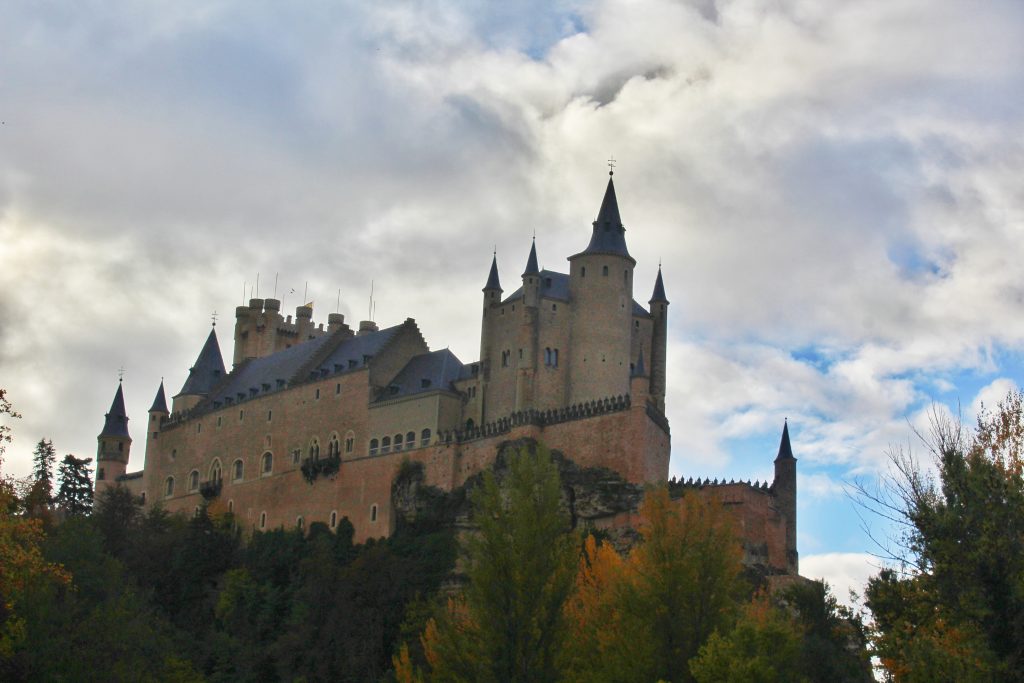
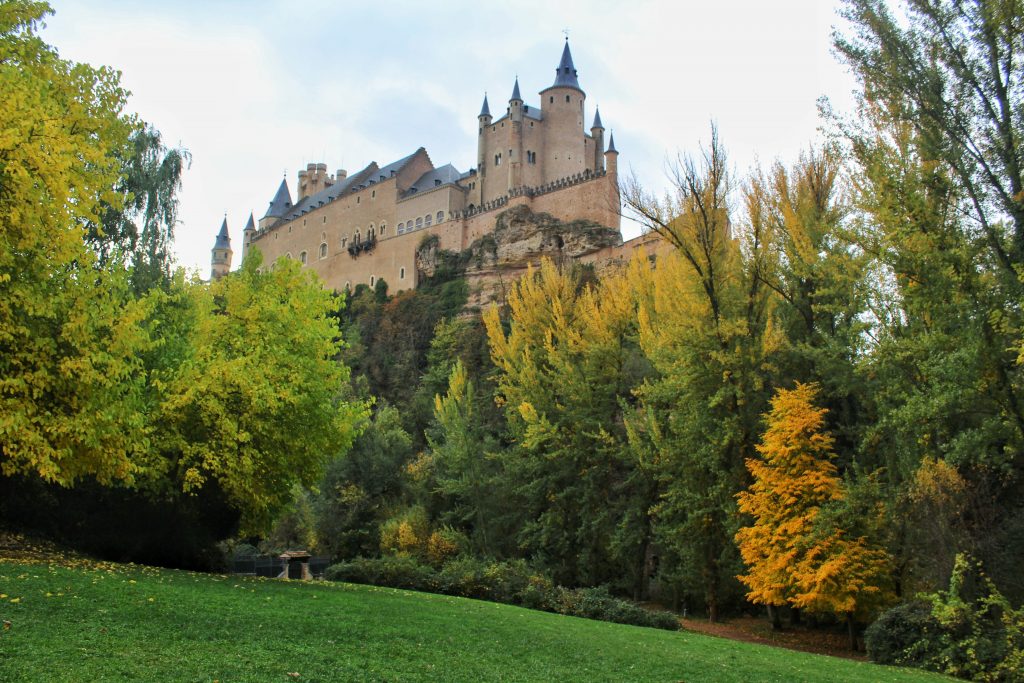
Your articles are beautiful, I feel like I am walking the journey with you